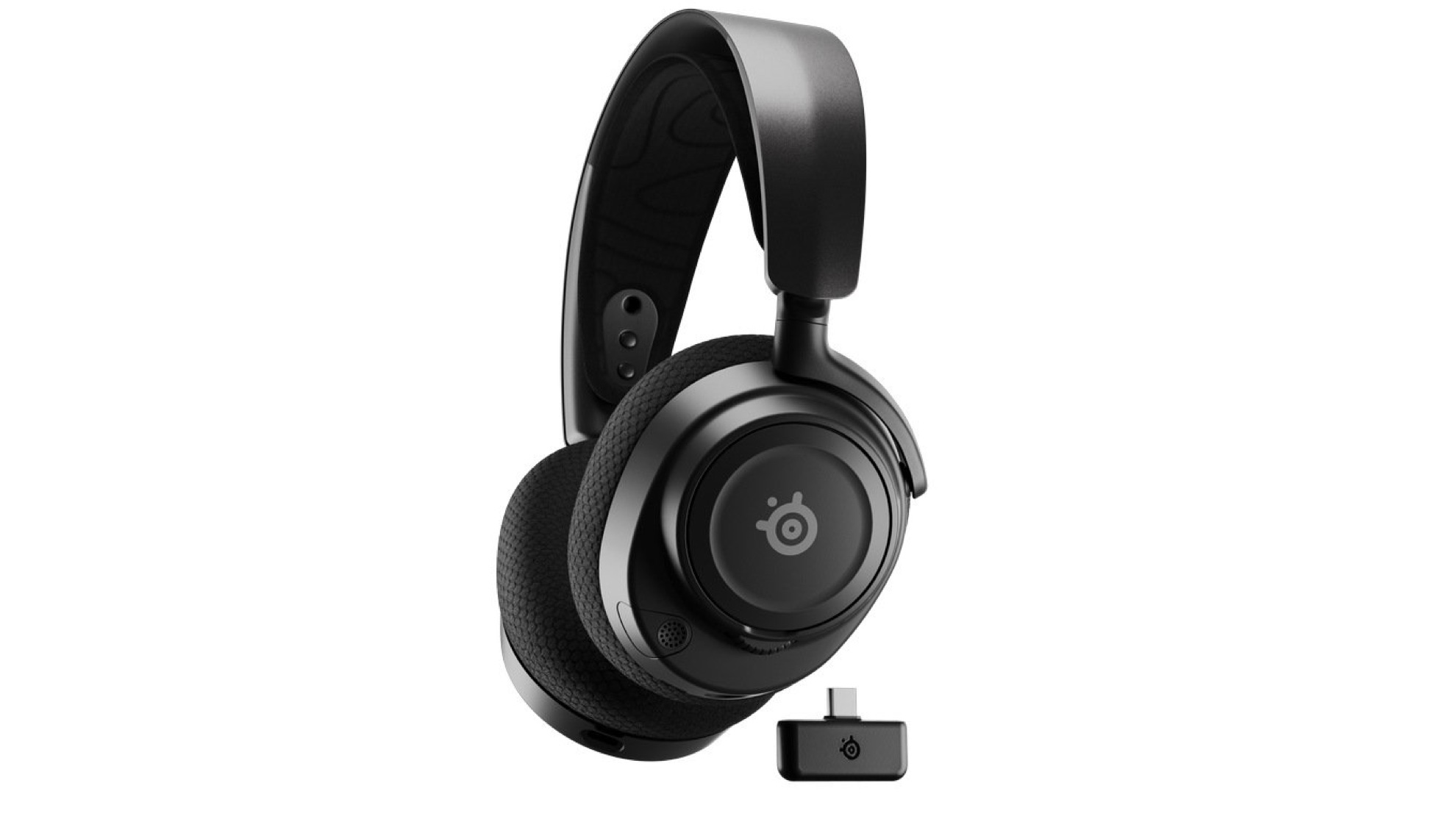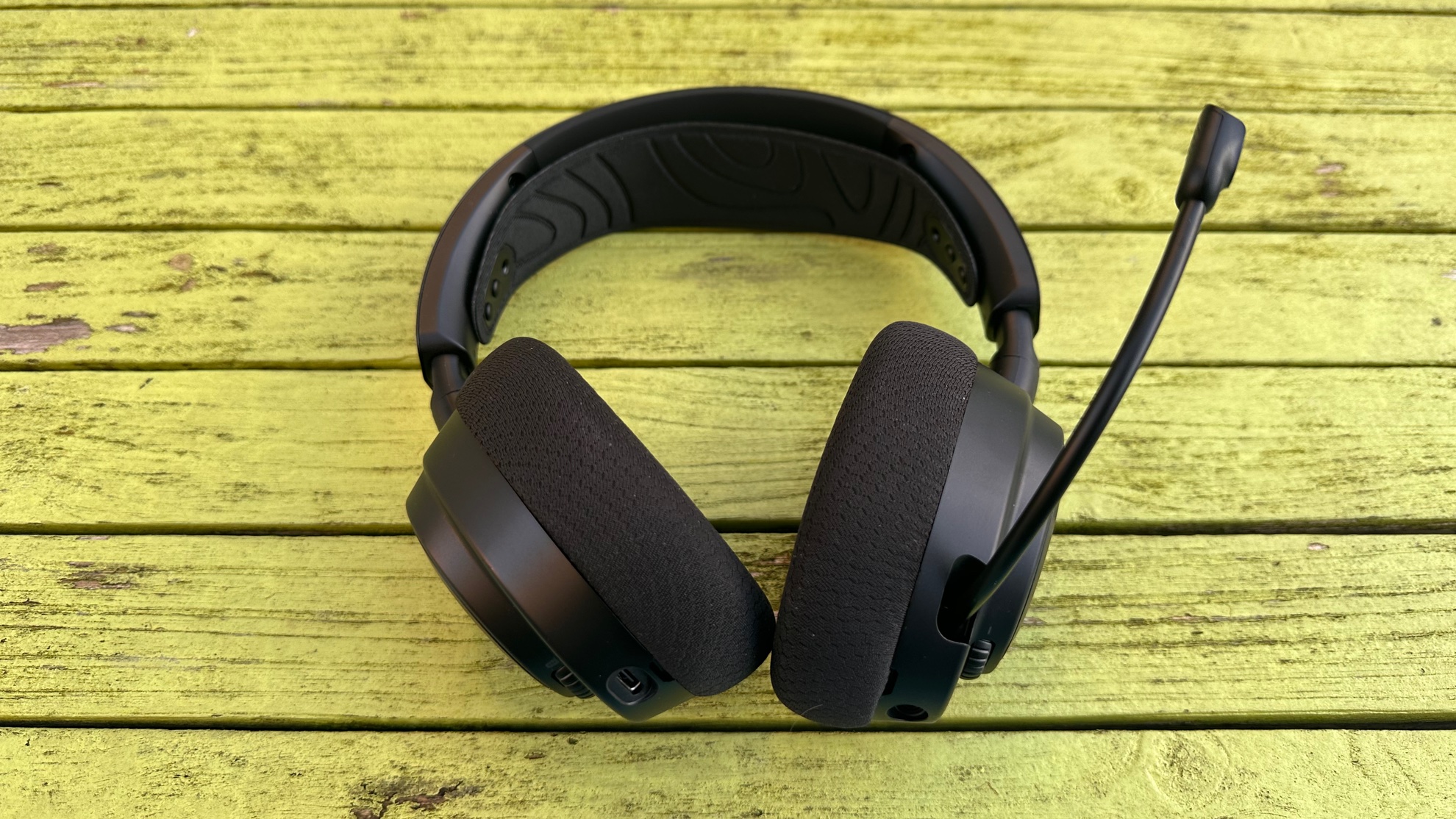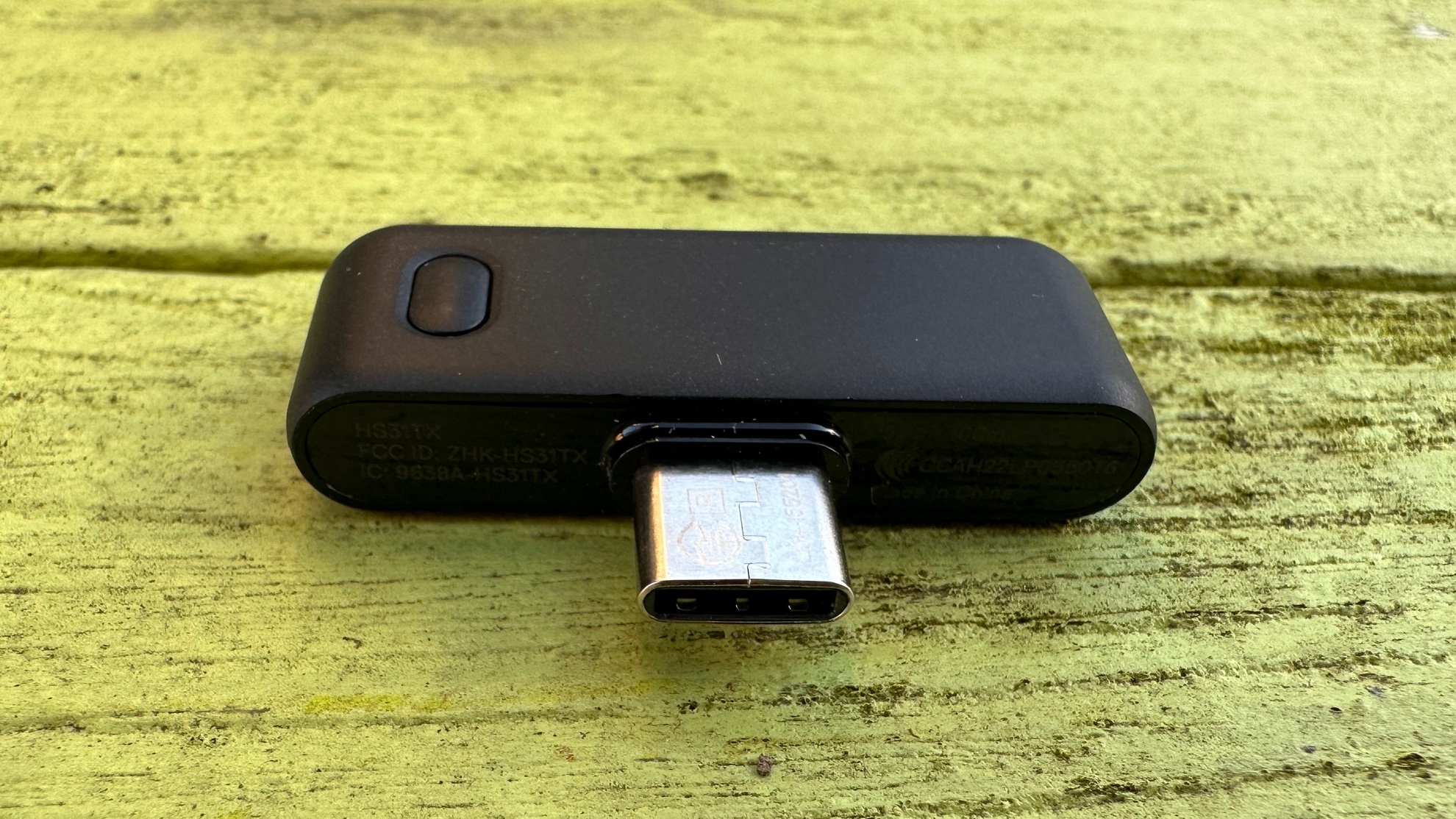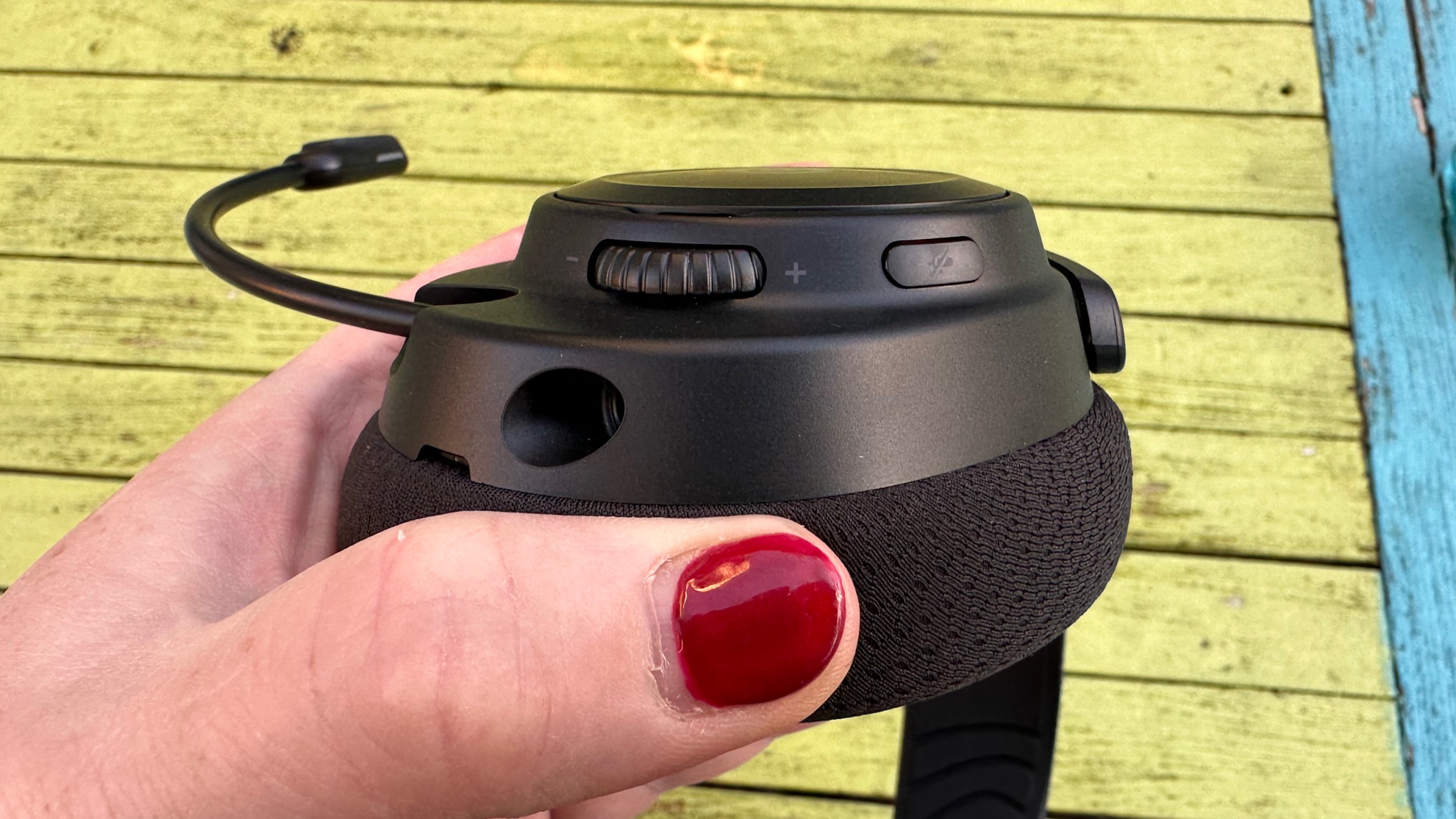SteelSeries Arctis Nova 7 Wireless gaming headset review
Spatial audio and lots of low-end thump in this impressive gaming headset


The range-topping Nova Pro may be more musical, but for sheer gaming joy the Nova 7 Wireless are hard to beat: they’re punchy and deliver an impressively kinetic sound for a lot less cash, and while they could do with a little air at the top end we’ve no complaints about the soundstage or low-end thump. Days-long battery life and Bluetooth add to the appeal.
-
+
Lighter and more comfortable than ever
-
+
Spectacular battery life
-
+
PC software is excellent
-
-
A little lacking in high end
-
-
Bluetooth is SBC only
-
-
No ANC
Why you can trust T3

When it comes to gaming headsets, SteelSeries needs no introduction: it’s one of the best-known gaming brands and a regular sight in our best gaming headsets guide. The Arctis Nova 7 is one of its more premium models, with dual wireless (2.4GHz and Bluetooth) and impressive cross-platform compatibility. It sounds pretty great too.

SteelSeries Arctis Nova 7: price and compatibility
The Nova 7 is available for PC, PlayStation or Xbox and also works as a set of wireless Bluetooth headphones. The RRP is $179.99 but at the time of writing it’s available for $152.99 from SteelSeries.com and £157 from Amazon UK.
SteelSeries Arctis Nova 7: key features
These are wireless headphones with 40mm drivers and lots of options including the ability to adjust chat and game audio, custom EQ to make your headphones prioritize certain frequency bands - for example to help you better hear approaching footsteps - and spatial audio for immersive 3D sound. The spatial audio is compatible with Tempest 3D audio on the PS5 as well as with Microsoft Spatial Sound.
The wireless dongle is USB-C (a USB-A adapter is included too) and compatible with multiple devices: not just PC and PlayStation but also Macs, Switch, the Meta Quest 2 and mobile devices too. The Nova 7 can combine Bluetooth audio with wireless, enabling you to listen to streaming music as well as in-game audio, although the Bluetooth audio is SBC only so doesn’t support higher quality streams.
Battery life is an impressive 38 hours, with fast charging over USB-C giving you six hours of play time in just 15 minutes.

SteelSeries Arctis Nova 7: design and comfort
The Nova 7 look very similar to other models in the Arctis family, but they introduce new height-adjustable rotating ear cups with memory foam cushions and a coated steel headband. They’re a little snug for your large-headed reviewer but they’re comfortable enough even during protracted gaming sessions. They’re 14% lighter than their predecessors, too. We didn’t encounter any problems with clamping when we moved our head quickly, but then we do have a big head: smaller users might find them a little less tight than they could be. The microphone is retractable, which is handy if you want to use them for non-gaming audio.
Controls are simple and easy to access. On the right headphone you have buttons for power and for Bluetooth pairing and the dial for adjusting the balance between game audio and in-game chat. On the left you’ll find the microphone mute, the headphone volume and the retractable mic.
Get all the latest news, reviews, deals and buying guides on gorgeous tech, home and active products from the T3 experts

SteelSeries Arctis Nova 7: sound quality
These are fairly neutral-sounding headphones, eschewing the ridiculously boosted lows of more hooligan headsets – although there is still a little bit of boost at the lower end. That makes them a lot nicer to listen to music on than many gaming headphones, and while the sound isn’t up there with more expensive premium headsets it’s pretty good: playing Returnal on PS5 was thrilling, the remastered Last of Us Part 1 was chilling and Tetris Effect was suitably thumpy, albeit a little light at the high end.
For music over Bluetooth the sound was a little boxier than we’d like, with a focus on the mid-range that left us wanting the more airy sound of the Arctis Nova Pros. They’re particularly lacking in the low treble where vocals and spoken dialogue live, something that was particularly apparent in The Last of Us cutscenes.
Spatial audio was effective on our test PS5, the supported Tempest 3D audio delivering an impressively wide and detailed soundstage that made it very clear where the monsters were hiding in Returnal without overpowering the environmental audio.
On PC you get the new Sonar Audio Software Suite, which improves the sound considerably thanks to parametric EQ that you can use to emphasize particular frequency bands. It also gives you access to sound profiles including game-specific ones, so for example if you’re a Destiny 2 player you’re going to want to try the one developed specially by Bungie.
It’s important to note that while the microphone is noise-cancelling, these are not active noise-cancelling headphones. While over-ears do block some ambient noise – particularly higher frequencies – they’re no substitute for dedicated noise-cancelling if you’re looking for something to isolate you on the bus or train. In fact, they introduce a little noise of their own: on our PS5 at least, there was a noticeable if faint background hiss when we had the on-headphone volume control turned up high and we were in quiet bits of games.

SteelSeries Arctis Nova 7: verdict
The combination of wireless and Bluetooth makes these headphones very practical: it’s easy to move between console, computer, smartphone or tablet and while the Bluetooth codec is just the standard SBC it’s perfectly fine for music, chat and calls. The positional audio is very good and the slightly boosted bass means shooters in particular are thrilling and kinetic, although the Novas are less convincing in dialogue-heavy games and they wouldn’t be our choice for protracted listening to music.
Writer, musician and broadcaster Carrie Marshall has been covering technology since 1998 and is particularly interested in how tech can help us live our best lives. Her CV is a who’s who of magazines, newspapers, websites and radio programmes ranging from T3, Techradar and MacFormat to the BBC, Sunday Post and People’s Friend. Carrie has written more than a dozen books, ghost-wrote two more and co-wrote seven more books and a Radio 2 documentary series; her memoir, Carrie Kills A Man, was shortlisted for the British Book Awards. When she’s not scribbling, Carrie is the singer in Glaswegian rock band Unquiet Mind (unquietmindmusic).
